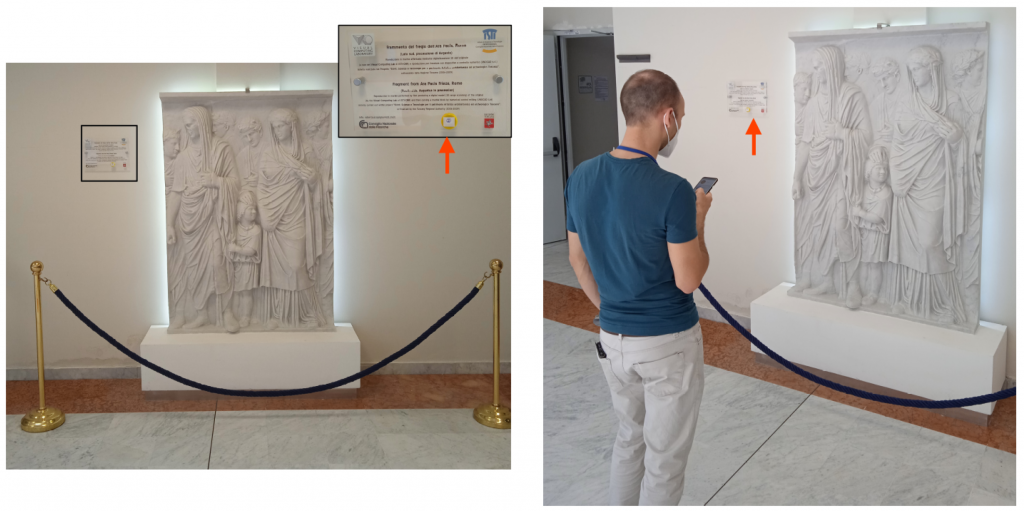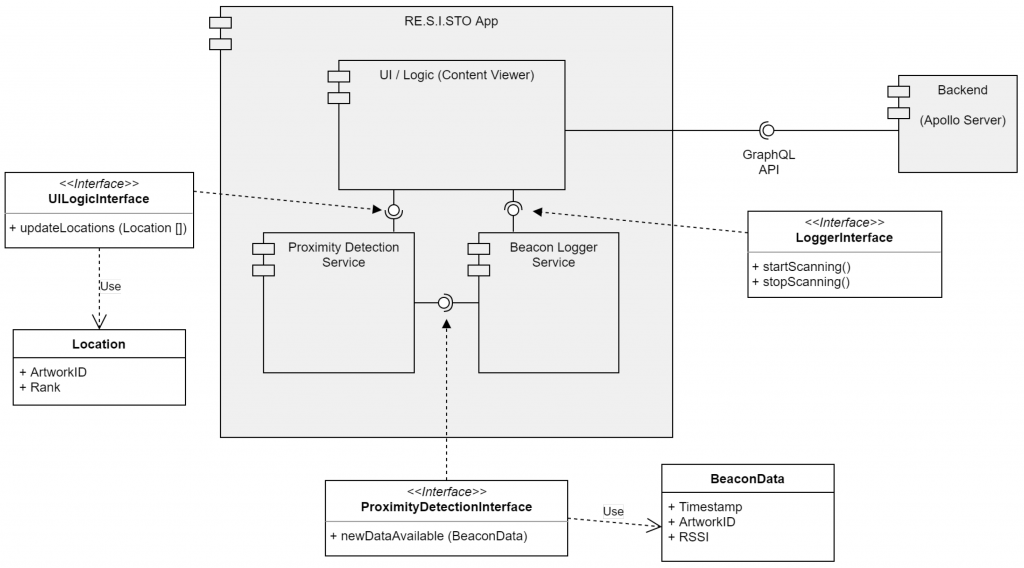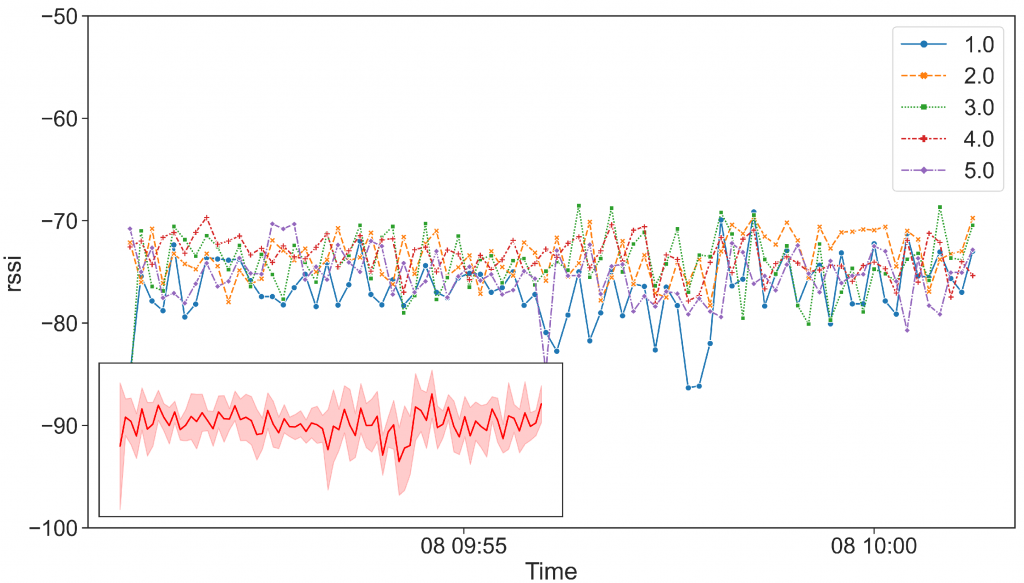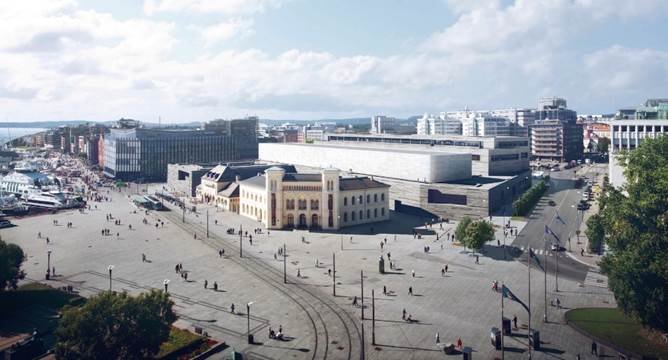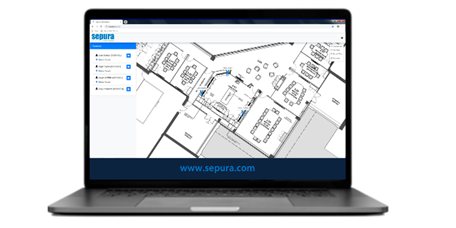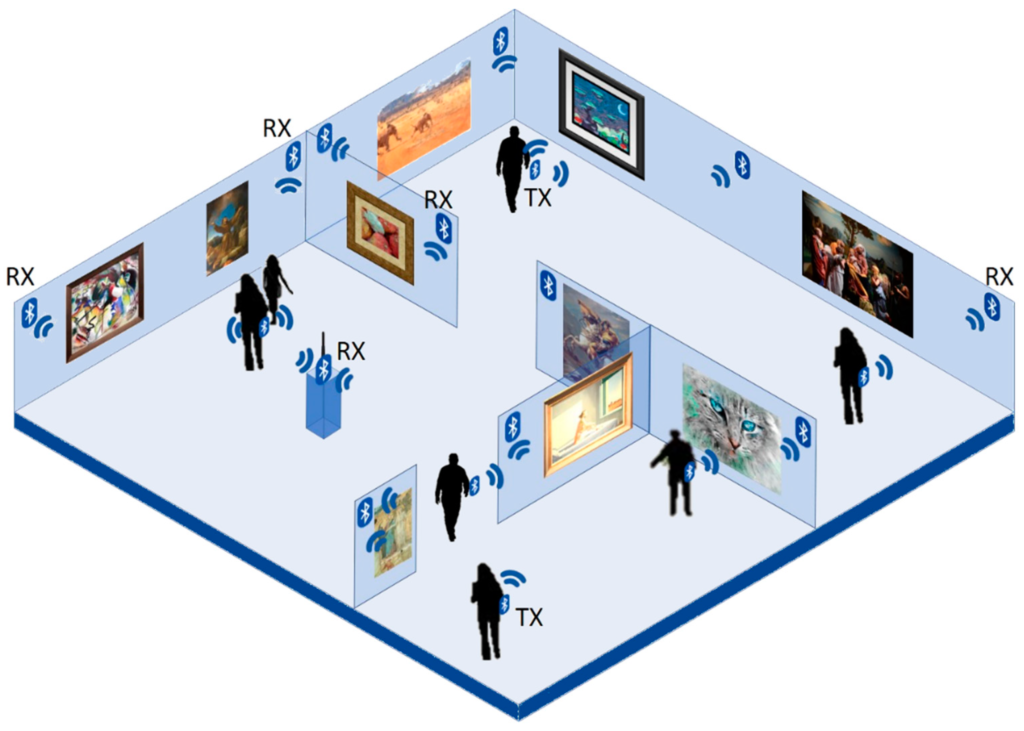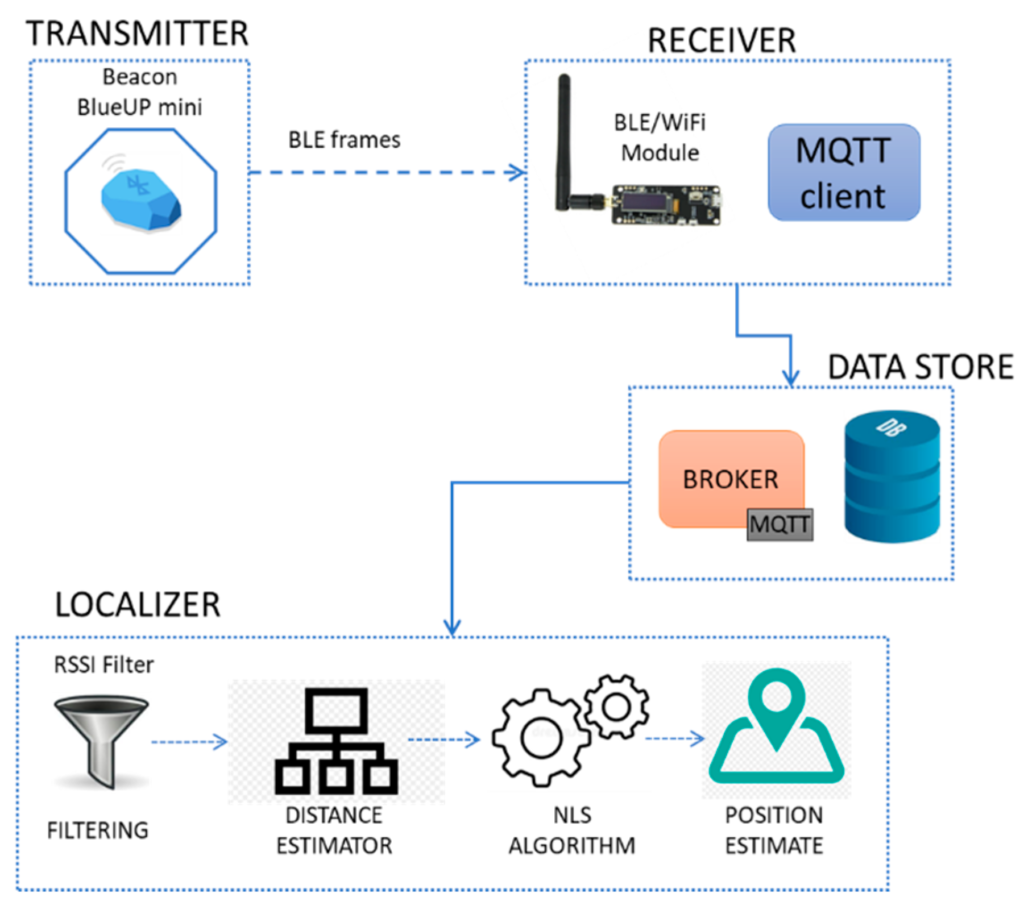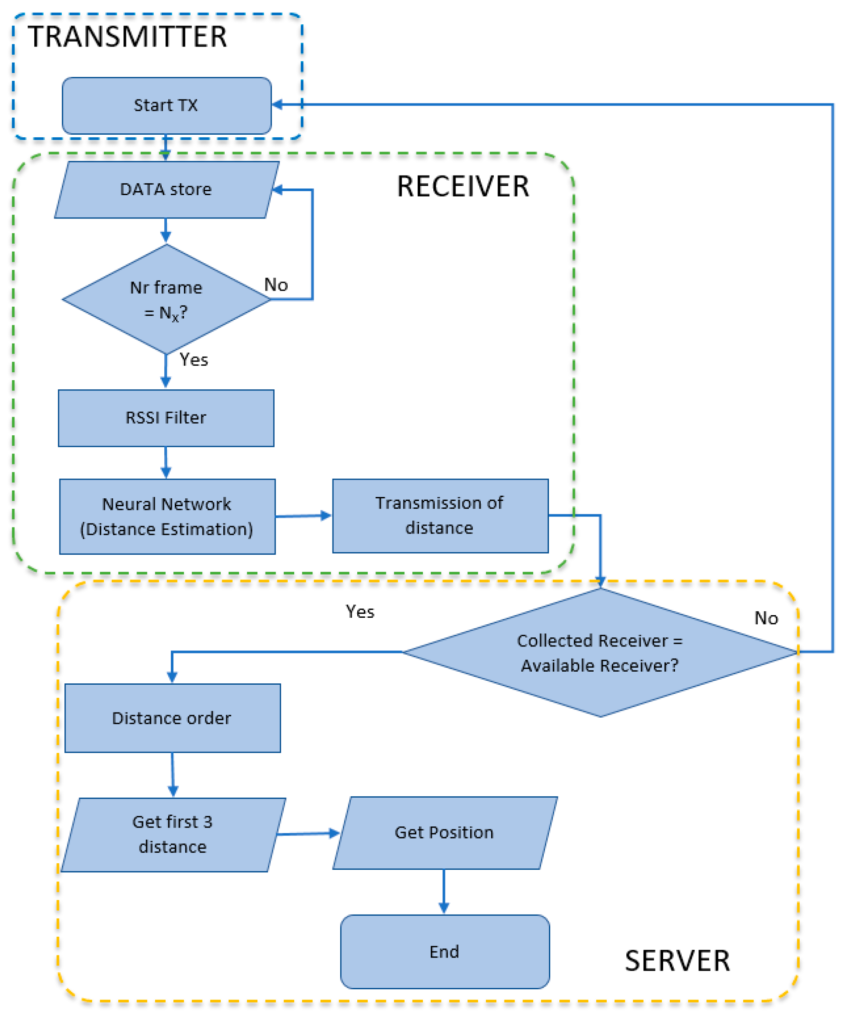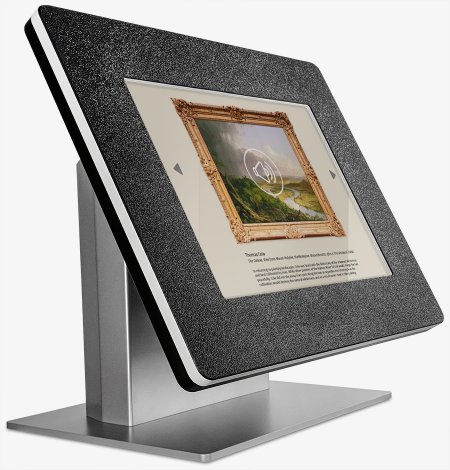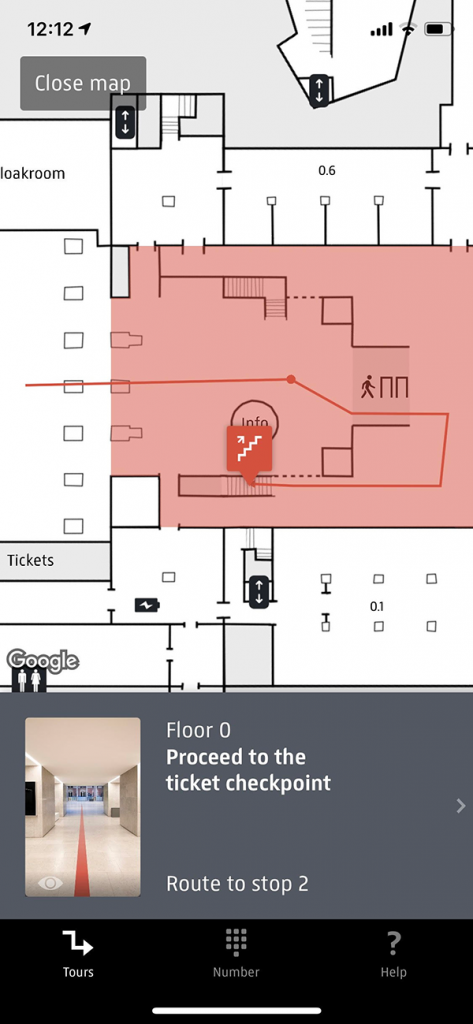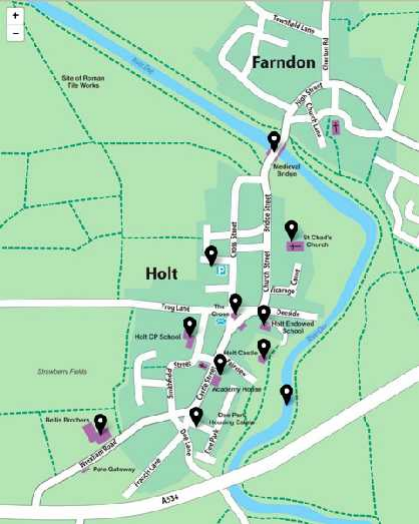There’s recent research on Managing Crowded Museums: Visitors Flow Measurement, Analysis, Modelling, and Optimization.
The aim of the research was to provide suggestions to a museum’s curators to better manage visitors flows to increase visitor comfort and improve safety. The museum for the case study was Galleria Borghese museum in Rome, Italy that has no obligatory exhibition path and has frequent congestion in some rooms such that those containing Caravaggio’s paintings.
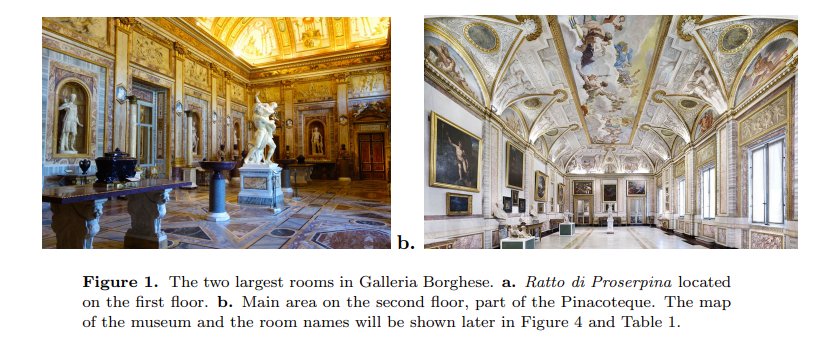
Beacons set to advertise iBeacon at +4dB power were carried by visitors. RaspberryPi 3B+ (RPi) were used in rooms to detect beacons. Data from the RPi was stored in a SQL database. The project captured over a million records for 900 visitors’ trajectories during 13 2 hour long visits.
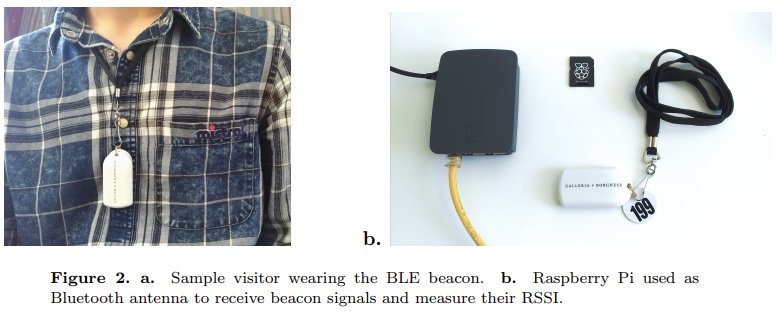
The researchers used Lagrangian field measurements and statistical analyses to analyse the data. A sliding window-based statistical method and a MLP neural network were compared.
It was possible to accurately reconstruct visitor trajectories and analyse visitors’ paths to get behavioural insights.
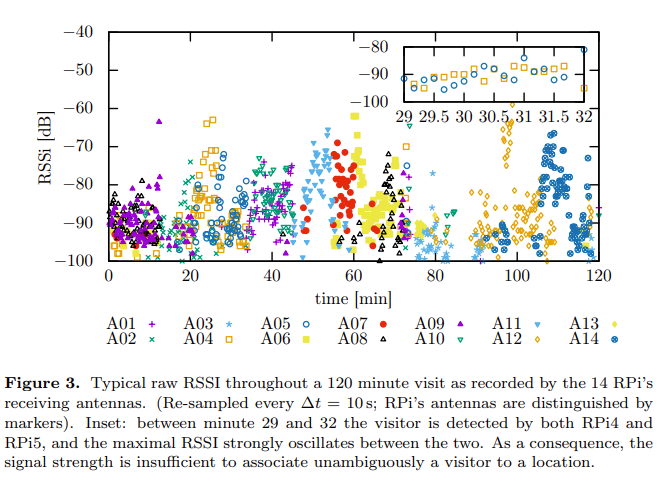
The system was suitable for the museum being economically viable and accepted by visitors. An issue was Bluetooth signal noise that was mitigated using data processing. The sliding window approach was better at measuring room transitions while the machine learning approach performed better at estimating the time spent in rooms.
The researchers identified issues with the museum design and suggested rearrangement of the artworks and implementing of a new ticketing strategy to let 100 people enter every 30 minutes while eliminating a 2 hour time limit.
